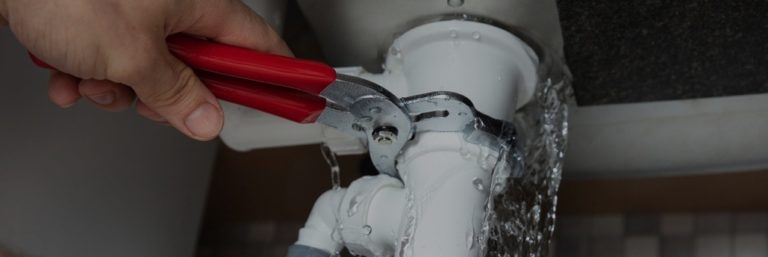We've discovered this post relating to Locating water leaks listed below on the net and accepted it made good sense to share it with you in this article.

Early detection of leaking water lines can reduce a prospective catastrophe. Some tiny water leaks might not be visible.
1. Examine the Water Meter
Every residence has a water meter. Inspecting it is a surefire way that assists you uncover leakages. For starters, turn off all the water sources. Guarantee nobody will flush, utilize the faucet, shower, run the washing machine or dishwashing machine. From there, most likely to the meter and also watch if it will certainly change. Since nobody is using it, there must be no movements. If it relocates, that indicates a fast-moving leak. Furthermore, if you discover no changes, wait a hr or 2 and inspect back again. This implies you may have a sluggish leak that might even be underground.
2. Inspect Water Consumption
If you detect sudden adjustments, regardless of your consumption being the very same, it indicates that you have leakages in your plumbing system. An unexpected spike in your expense indicates a fast-moving leakage.
On the other hand, a stable increase on a monthly basis, despite the very same routines, shows you have a slow-moving leak that's likewise gradually escalating. Call a plumber to completely examine your property, particularly if you feel a warm area on your floor with piping underneath.
3. Do a Food Coloring Test
When it comes to water intake, 30% comes from bathrooms. If the shade somehow infiltrates your bowl during that time without flushing, there's a leakage in between the tank and bowl.
4. Asses Exterior Lines
Don't fail to remember to examine your exterior water lines as well. Examination faucets by connecting a yard pipe. Should water permeate out of the link, you have a loose rubber gasket. Change this and guarantee all links are limited. It will certainly aid obtain it professionally analyzed and kept every year if you've obtained a sprinkler system. One tiny leak can squander tons of water and increase your water expense.
5. Assess the circumstance and examine
Home owners must make it a practice to examine under the sink counters and even inside cupboards for any bad odor or mold growth. These two warnings show a leak so punctual attention is called for. Doing regular evaluations, also bi-annually, can save you from a significant trouble.
Examine for discolorations and also compromising as the majority of pipes and also appliances have a life expectancy. If you presume dripping water lines in your plumbing system, don't wait for it to intensify.
Early discovery of dripping water lines can mitigate a prospective catastrophe. Some little water leakages may not be visible. Checking it is a proven means that aids you discover leaks. One tiny leak can waste loads of water as well as surge your water expense.
If you think leaking water lines in your plumbing system, don't wait for it to rise.
How to Know If Your Home Has a Hidden Leak
Water Meter Reveals Inexplicable Water Usage
If you’d like to test whether or not there’s a leak somewhere in your home, you can do this using your water meter. Here is how to conduct the test:
Don’t use any water in your home for at least 30 minutes; this also means not turning on faucets or water-using appliances.
Go outside, and check your water meter for activity.
If your water meter shows that there was activity, even though no one was using any water, this proves that there is a leak in your home.Visible Mold or Mildew Growth
Leaks behind walls create moist, dark environments that allow mold and mildew to grow and thrive. Eventually, you might see mold growth forming on the wall closest to a hidden leak.
If mold is growing in an area that receives a high amount of moisture, such as a bathroom, it may simply be an indication that better ventilation is needed. However, if you see mold growth on a wall or the ceiling in an area where you would not expect, you probably have a hidden leak.
Musty, Mildew Odor
Sometimes you might not be able to see the mold or mildew that is growing as a result of a leak. However, the smell can give the problem away just as easily. If you catch a whiff of something musty, there’s a good chance that old water is collecting somewhere in your home that you can’t see.
Stained/Warped Walls, Ceilings, or Floors
When your home soaks up water, a variety of red flags can become visible, including ceiling stains, bubbling drywall, warped walls, and sagging floors. While these issues can be caused by excess humidity, they can also be signs that a pipe or plumbing connection has started leaking behind your walls.
Inexplicably High Water Bill
After a while, you get a general sense for what your water bill should be. If you own a pool or sprinkler system, your bill will tend to be higher during summer. However, if you receive a water bill that seems especially high, and you can’t figure out what caused it, then you may have a hidden leak somewhere that’s increasing your bill.
https://www.plumbingjoint.com/blog/2019/july/how-to-know-if-your-home-has-a-hidden-leak/

I am just very interested by Leaking water lines and I'm hoping you appreciated the entire blog post. Are you aware of somebody else who is occupied with the subject? Please feel free to share it. We recognize the value of reading our article about Top leak detection hacks.